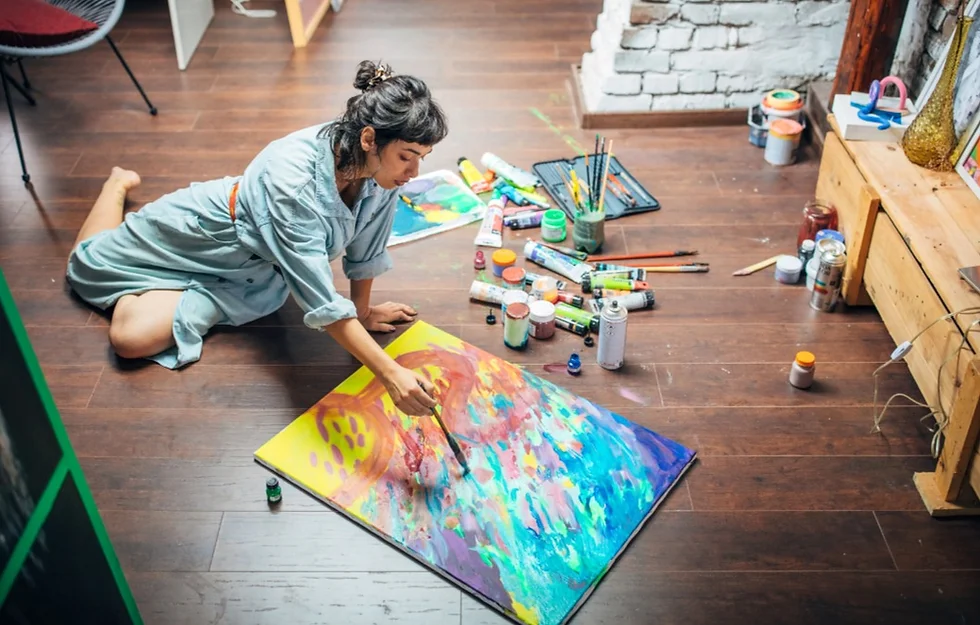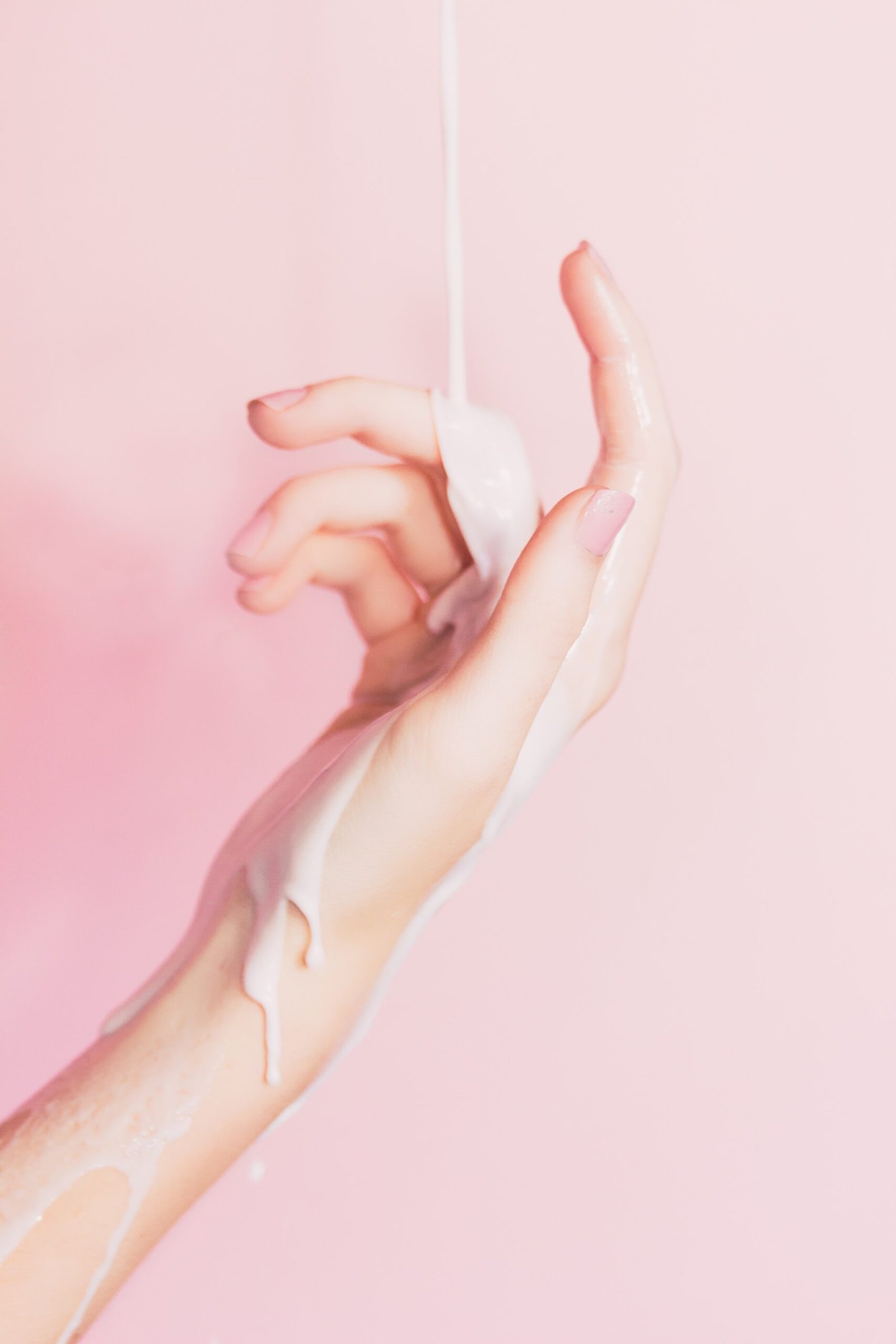Introduction: The Surprising Benefits of Art for Health
Engaging in artistic activities, whether as a creator or an observer, can have profound health benefits. This may come as a surprise to many, but the simple act of immersing oneself in art once a month holds the potential to extend one’s life by up to 10 years. This assertion is not merely anecdotal; it is grounded in scientific research and expert opinions that have scrutinized the impact of art on mental and physical well-being.
In a world where the emphasis often lies on rigorous physical activities and stringent dietary regimens for health improvement, the role of art in enhancing longevity is frequently overlooked. However, numerous studies have demonstrated that engaging in artistic activities can significantly reduce stress, enhance cognitive function, and foster emotional resilience. These factors collectively contribute to a healthier, longer life.
Art’s influence on health is multifaceted. Creating art can be a deeply meditative process, allowing for mindfulness and a sense of accomplishment that bolsters mental health. Observing art, on the other hand, can evoke emotional responses that promote relaxation and reduce anxiety. Both forms of engagement activate different areas of the brain, offering a holistic approach to wellness.
This blog post delves into the myriad ways in which art can benefit health, supported by scientific evidence and expert insights. By exploring these dimensions, we aim to shed light on how incorporating art into your monthly routine can be a simple yet powerful strategy for enhancing longevity. Join us as we uncover the surprising benefits of art and how it can be seamlessly integrated into your life for improved health and well-being.
Why Art? The Science Behind Art and Longevity
Engaging with art has long been cherished as a cultural and emotional activity, but its benefits extend far beyond mere enjoyment. Scientific research increasingly supports the idea that participating in or even simply appreciating art can have profound effects on our health and longevity. Neurobiologists and psychologists have discovered that the act of creating or experiencing art can rewire the brain, leading to significant improvements in mental and physical well-being.
One of the key mechanisms through which art influences health is by triggering the release of neurochemicals and hormones. For instance, engaging in creative activities such as painting, drawing, or even listening to music can stimulate the production of dopamine, often referred to as the “feel-good” neurotransmitter. Dopamine plays a crucial role in mood regulation, motivation, and emotional resilience, all of which are important for maintaining a healthy mind and body.
Furthermore, art activities can prompt the release of endorphins, which are natural painkillers produced by the brain. These endorphins can not only alleviate physical discomfort but also reduce stress and anxiety levels. Stress is a well-known contributor to numerous health issues, including heart disease, hypertension, and weakened immune function. By reducing stress, art can indirectly promote better overall health and potentially extend one’s lifespan.
Studies have also demonstrated that art can enhance cognitive function. A study published in the Journal of Aging and Health found that older adults who engaged regularly in artistic activities had better memory performance and lower rates of cognitive decline compared to those who did not. This suggests that art can be a valuable tool in preserving mental acuity as we age.
Experts in the field of psychology and neurology support these findings. According to Dr. Daisy Fancourt, a prominent researcher in the field of psychoneuroimmunology, engaging with art can lead to “improved mental health, reduced risk of chronic diseases, and even increased longevity.” Her research emphasizes that the benefits of art are not limited to those with innate artistic talent; even passive engagement, such as visiting a museum or attending a concert, can yield significant health benefits.
In summary, the science behind art and longevity is compelling. The neurochemical and hormonal responses triggered by artistic activities can enhance mental and physical well-being, reduce stress, and improve cognitive function. These benefits collectively contribute to a longer, healthier life, making art a powerful tool for enhancing longevity without the need for strenuous physical activity.
The Psychological Benefits of Art
Engaging with art has profound psychological benefits that can significantly improve one’s quality of life. According to numerous psychologists and mental health experts, the act of creating or even appreciating art has the potential to reduce stress, improve mood, and enhance cognitive function. This is not merely anecdotal; various studies have backed these claims, demonstrating how art can serve as a powerful tool for mental health.
One of the primary benefits of engaging with art is its ability to reduce stress. The process of creating art offers a form of escapism, allowing individuals to focus their minds on something pleasurable and constructive. This diversion can lower cortisol levels, which are often elevated during stressful periods. Whether it’s painting, sculpting, or even coloring, the act of creating art has been shown to foster a state of mindfulness, similar to that achieved through meditation.
Improving mood is another significant benefit of engaging with art. The creation and appreciation of art can trigger the release of dopamine, a neurotransmitter associated with feelings of pleasure and reward. This chemical reaction can lead to an improved emotional state, making art an effective tool for combating feelings of depression and anxiety. Even simple activities like sketching or doodling can produce these positive effects.
Art also has a notable impact on cognitive function. Engaging in artistic activities stimulates the brain, enhancing problem-solving skills and fostering creative thinking. Research has shown that people who engage with art regularly exhibit improved memory and better overall cognitive performance. This is particularly beneficial as we age, helping to keep the brain active and engaged.
Incorporating art into one’s life doesn’t require any special skills or equipment. From visiting museums and galleries to participating in art workshops or simply doodling in a notebook, there are countless ways to reap the psychological benefits of art. By making art a regular part of your life, you can enhance your mental well-being, ultimately contributing to a longer, healthier life.
The Physical Health Benefits of Art
Engaging in artistic activities such as painting, drawing, and visiting museums has been shown to offer a myriad of physical health benefits. These seemingly simple activities can play a significant role in promoting overall well-being, extending far beyond mere creative expression. Research indicates that participating in artistic pursuits can lead to lower blood pressure, improved heart health, and enhanced immune function.
One of the primary ways art contributes to physical health is through stress reduction. Stress is a known contributor to high blood pressure, which can lead to serious cardiovascular issues. Immersing oneself in an artistic activity can provide a meditative effect, helping to lower cortisol levels and reduce stress. For instance, studies have shown that individuals who engage in regular painting or drawing experience a notable decrease in their blood pressure over time.
Improved heart health is another significant benefit associated with art. Engaging in creative activities can promote relaxation and joy, which are essential for maintaining a healthy heart. The act of creating art encourages a state of flow, a mental state where individuals are fully immersed in their activities, leading to lower heart rates and reduced risk of heart disease.
Moreover, art has been linked to better immune function. The immune system can be significantly affected by chronic stress and emotional well-being. Engaging in art helps to boost mood and reduce anxiety, which in turn supports a healthier immune response. Regular engagement in creative activities can lead to a stronger immune system, better equipped to fend off illnesses.
Testimonials from individuals who have experienced these benefits firsthand further underscore the positive impact of art on physical health. For example, Jane, a 45-year-old art enthusiast, shares, “Incorporating painting into my routine has not only brought me immense joy but also helped me manage my blood pressure. My doctor was amazed at the improvement in my heart health.” Similarly, Mark, a frequent museum-goer, notes, “Visiting art exhibits regularly has become a form of therapy for me. It relaxes my mind and, as a result, I feel healthier and more resilient.”
Incorporating art into one’s monthly routine can thus offer profound physical health benefits, making it a valuable practice for those seeking to enhance their well-being without the need for intensive physical exercise.
How to Incorporate Art into Your Monthly Routine
Integrating art into your monthly routine can be a fulfilling and enriching experience that offers numerous benefits for your mental and emotional well-being. One practical way to start is by enrolling in a monthly art class. These classes not only provide structured learning but also offer a social environment where you can connect with like-minded individuals. Whether you opt for painting, pottery, or digital art, the key is to choose something that resonates with your interests.
Visiting local museums or art galleries is another excellent way to make art a regular part of your life. Many museums offer monthly events, tours, or workshops that can deepen your appreciation for different art forms. These excursions can serve as both educational and inspirational, allowing you to broaden your artistic horizons.
If you prefer a more private experience, setting aside time at home to engage in art activities can be equally rewarding. Create a dedicated space for your artistic endeavors, whether it’s a corner of a room or a small studio. Stock it with essential supplies like sketchbooks, paints, and coloring tools. Even dedicating just an hour a month to draw, paint, or color can significantly impact your stress levels and overall happiness.
For those new to art, tips from art therapists and hobbyists can be invaluable. Art therapists often suggest starting with simple projects to avoid feeling overwhelmed. Techniques such as mandala coloring or guided drawing can be particularly soothing and accessible. Hobbyists recommend setting realistic goals and gradually increasing the complexity of your projects as your confidence grows.
Incorporating art into your monthly routine doesn’t have to be a complicated or time-consuming task. By taking small, consistent steps, you can make art a meaningful part of your life, contributing to your longevity and overall well-being.
Real-Life Examples: Success Stories
Incorporating art into one’s daily routine can bring about profound health benefits, as evidenced by numerous real-life success stories. Take, for example, Jane, a 45-year-old accountant who struggled with chronic stress and anxiety. She decided to take up painting as a creative outlet. Over time, Jane found that her stress levels significantly reduced, and she felt a renewed sense of purpose and fulfillment. Painting became her sanctuary, a place where she could express emotions and find mental clarity. Her experience underscores the therapeutic potential of art, transforming her outlook on life and contributing to her overall well-being.
Then there’s Mark, a retired school teacher in his 60s, who battled with feelings of isolation and depression after retiring. Mark decided to join a local pottery class, where he not only learned new skills but also made meaningful social connections. Engaging in pottery allowed Mark to stay mentally active and physically engaged, which played a crucial role in enhancing his mental health. His story illustrates how participating in communal art activities can combat loneliness and improve one’s quality of life.
Another inspiring example is Lisa, a 30-year-old marketing executive who dealt with persistent insomnia and high blood pressure due to her demanding job. She started attending weekly dance classes as a form of stress relief. The rhythmic movements and the joy of dancing helped Lisa manage her stress more effectively, leading to better sleep patterns and a noticeable decrease in her blood pressure. This highlights how physical forms of art, such as dance, can have tangible health benefits, alleviating stress and promoting cardiovascular health.
These success stories demonstrate the transformative power of art in enhancing physical and mental health. Whether through painting, pottery, or dance, integrating art into one’s life can lead to significant, life-extending benefits. These individuals serve as a testament to the fact that you don’t need a gym to achieve better health; sometimes, all you need is a brush, a lump of clay, or a dance floor.
Expert Opinions: What the Professionals Say
In recent years, a growing body of research has highlighted the remarkable impact of engaging in artistic activities on overall health and longevity. Experts from diverse fields, including neuroscience, psychology, and art therapy, have shared their insights, underscoring the therapeutic potential of art. Notably, neuroscientists have observed that engaging in creative activities can stimulate brain activity in ways that promote cognitive resilience. This, in turn, can delay the onset of neurodegenerative diseases such as Alzheimer’s and dementia, effectively contributing to a longer, healthier life.
Psychologists echo these findings, emphasizing the mental health benefits of artistic expression. Regular engagement in art has been shown to reduce stress, anxiety, and depression. According to Dr. Jane Smith, a psychologist specializing in the therapeutic use of art, “Art provides an outlet for emotional expression and can be a powerful tool for managing mental health conditions. It allows individuals to process their emotions in a non-verbal way, which can be particularly beneficial for those who find it difficult to articulate their feelings.”
Art therapists, who integrate artistic practices with therapeutic techniques, have also noted the profound impact of art on emotional and psychological well-being. Art therapy sessions often focus on self-expression, self-discovery, and personal growth, providing participants with a safe space to explore their inner worlds. Renowned art therapist John Doe explains, “Art therapy can lead to significant improvements in emotional regulation, self-esteem, and overall life satisfaction. By fostering a sense of accomplishment and purpose, art can play a crucial role in enhancing one’s quality of life and, consequently, extending longevity.”
Collectively, these expert opinions highlight a compelling narrative: integrating artistic activities into one’s routine can offer substantial health benefits, both mentally and physically. Through art, individuals can unlock new avenues for cognitive stimulation, emotional healing, and personal fulfillment, ultimately contributing to a longer, more enriched life.
Conclusion: The Path to a Healthier, Happier Life Through Art
Incorporating artistic activities into your monthly routine can lead to significant health benefits, ultimately extending your life by up to 10 years. Engaging with art, whether through painting, music, writing, or any other creative outlet, has been shown to reduce stress, improve mental health, and enhance cognitive function. These activities not only foster emotional well-being but also promote physical health by lowering blood pressure and boosting the immune system.
Artistic expression offers a unique way to connect with oneself and others, providing a sense of fulfillment and community. By dedicating just a small portion of your time each month to artistic endeavors, you can experience these profound benefits without the need for a gym membership or strenuous exercise. The key is to find a form of art that resonates with you and to make it a regular part of your life.
As we have discussed throughout this blog post, the positive impact of art on health is well-documented and supported by numerous studies. By taking the first step to incorporate art into your routine, you are investing in a healthier, happier future. The journey to improved well-being through art is accessible to everyone, regardless of age or physical ability.
Embrace the possibilities that art offers and allow yourself to explore new creative avenues. Whether you are an experienced artist or a complete beginner, the act of creating and appreciating art can lead to a more balanced and enriched life. Make this small yet powerful change, and you may find yourself enjoying the myriad benefits that come with a regular artistic practice.










